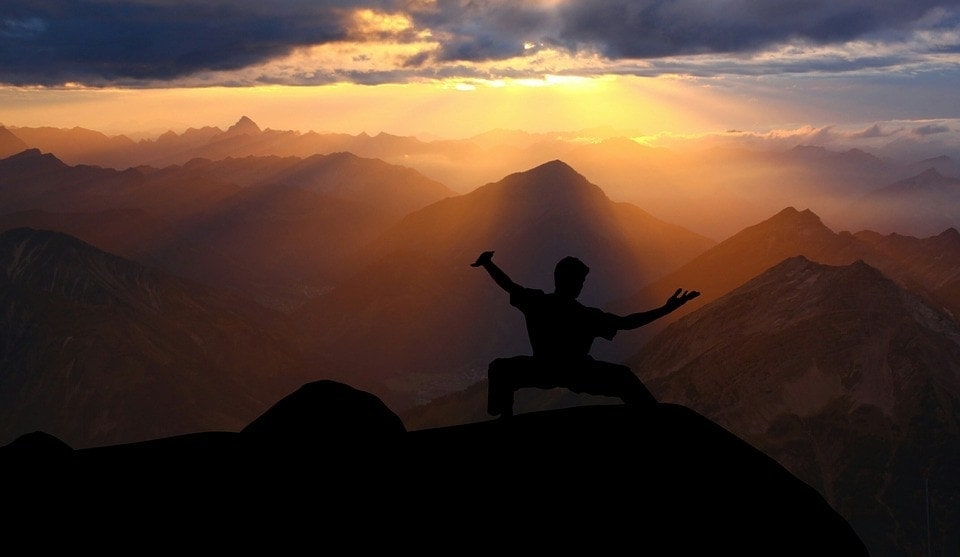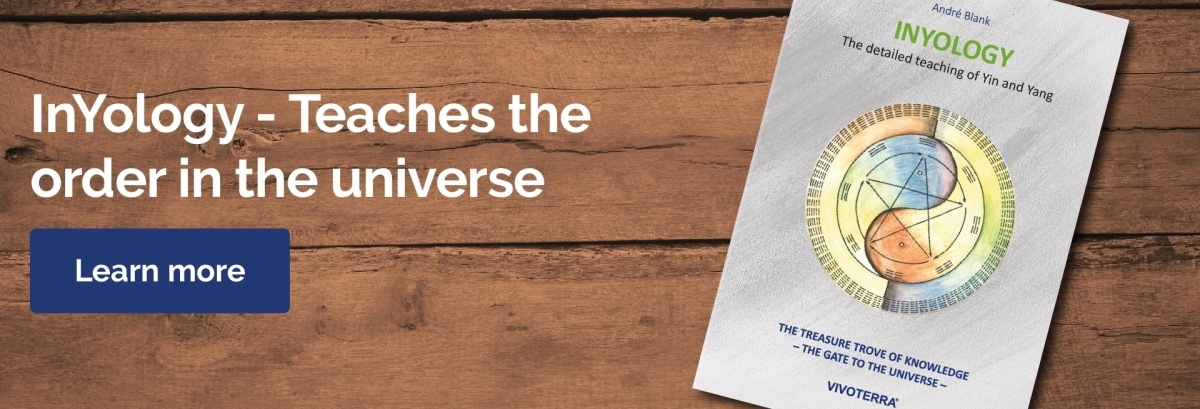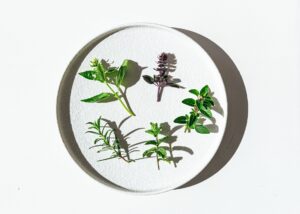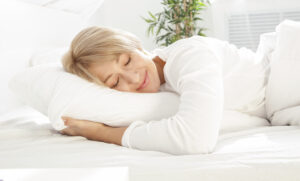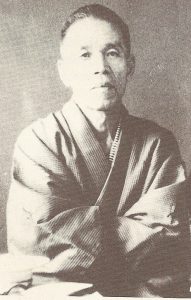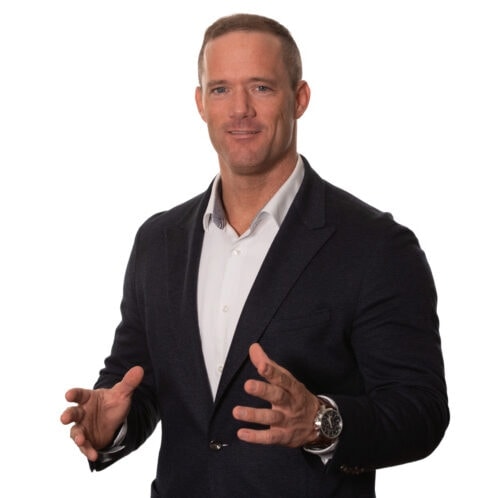Tai Chi (also spelled Tai Chi Chuan, Taiji or Taijiquan) was originally developed as a martial art that is performed in forms of “Kata”.
What is tai chi
There are different spellings such as B. Tàijíquán, T’ai Chi Ch’uan, Taijiquan and Taiji Quan. In the German-speaking world, “Tai Chi or Taiji” is often used. Some teachers from the west have been practicing and teaching this Far Eastern art of movement for 40 and more years and are now very successful at tournaments in China and the rest of the world.
Kata
Translated, Kata means “form” and represents a set sequence of various elements.
In all traditional martial arts there are forms that represent the actual basis of these martial arts.
But we mustn’t see kata too closely. Kata is not just the “group movement” according to the prescribed Embusen (step diagram), as it is practiced as Kata today.
The real essence of the kata is not in the movements themselves, but in the way the mind makes them right. One has to train one’s mind to fully perform an action each time, to invest all of one’s qi in that moment. Live the true spirit of the action.
In the martial arts dojo there are many actions that lead to concentration:
-
the way to organize one’s things,
-
to wear the karate gi and tie the obi,
-
to put down the shoes and Zorri,
-
the way to greet
-
sit down properly
-
the way to go, etc., etc.
All of these actions are KATA.
When you say hello, it’s not just like that … Nowadays the Tai Chi students (unfortunately also many teachers) put their hands together, tilt their heads a little, have an approximate posture, etc., etc. On the beauty of the gesture but unfortunately they didn’t understand anything!
You have to say hello, the attitude has to be absolutely right, the energy and the mindset have to match completely. This is KATA!
Tai Chi and other martial arts
The highest goal in Budo is not victory or defeat, but the perfection of the human character.
Gichin Funakoshi (founder of modern karatedo)
In this way one shows respect for the dojo, the master, the “opponent”, the life.
These signs are very important because they help to practice the right behavior. They help our being to find a normal state. Nobody is normal these days. Everyone is a little crazy with their thinking, which is constantly in operation. Your ego eats you up. They think they see, but they are wrong. Rather, they project their madness, (their world), onto the world. There is no truth in it. It is very important to observe his behavior. Behavior affects consciousness. Right behavior = right awareness.
Our attitude here and now affects the whole universe. The behavior in the dojo will reflect back on our daily life (Karatedo does not stop at the dojo door). You shouldn’t dream your life, you have to be completely in what you are doing! This is KATA training!
Kata is not only found in the Budo arts (martial arts), but in all forms of traditional Japanese arts (Do).
Through the kata, these arts are passed down from generation to generation.
They were the “text books” of these arts. The type of kata practiced in the karate dojo today is just one form of kata.
Until 1927, for example, karatedo was practiced almost exclusively in the form of kata. It took an average of three to five years of practicing kata exclusively (but not only at the mechanical level, as kata is practiced today) until a kata was fully understood.
It must be clearly stated here that practicing kata can also be “abused” in order to mainly want to “win”. Here, too, a kind of “western perfectionism” in the sense of an external (merely mechanical) striving for achievement can be recognized that in the performance of the kata a reduction to perfection in the external appearances can be observed. It is often only judged according to technical appearance and even degraded to a kind of extremely difficult gymnastics exercise.
Of course, the external, technical shape and perfection are also important. It is the first requirement, but by no means the only one. The reduction to the purely “sporty” performance up to the artistry makes it easier to assess the kata according to “sporty” criteria, especially for people who have not yet understood the true essence of kata itself, but actually misses the essentials. The inner involvement, the mental attitude that can be expressed through kata is not there. Such a kata is soulless and without life.
In any case, kata is more than just the correct order of the individual techniques.
The patient search for and discovery of the secrets in a kata is not the aim. Who should lead the soto-deshi on this path? When the blind are led by the blind …
How do tai chi and qigong differ?
Qi Gong is like Shiatsu, or Kiatsu and acupuncture, a part of traditional Chinese medicine (TCM). Qi Gong is not a martial art and only has health goals. In contrast to Tai Chi, Qi Gong involves little movement and can be practiced standing, sitting or lying down. Meditation is part of Qi Gong. The individual exercises are usually performed on the seat while standing. Qi Gong also involves a lot of internal and spiritual work.
Tai chi
Chuan is a Chinese martial art and is often even translated as the highest or ultimate hand, fist or martial art and is a technique for self-defense.
See also the separate blog article at Vivoterra about Qigong
Tai Chi and Traditional Chinese Medicine (TCM)
As part of traditional Chinese medicine, Tai Chi Chuan is used both preventively and curatively.
Oriental medicine has always taught that food is the best medicine.
All remedies of Far Eastern medicine work on the principle of the balance of Yin and yang . This method, based on a carefully and gradually changing equilibrium, is gentle, safe and persistent.
A main idea is therefore to want to prevent a disease and to strengthen the overall condition of the organism. However, if the disease does occur, it is important to clarify the causes and restore the lost harmony with nature.
Traditional Chinese Medicine (TCM) sees a specific sick person. In their efforts, the main thing is to take into account the individual conditions of the person affected and then, with the preferred use of acupuncture, acupressure. Exercise therapy and herbal medicine to initiate therapy. The term “state of health” used in our western language is referred to in Chinese and Japanese as the “ratio of life energy”.
If the life energy can flow unhindered in its pathways, is neither used excessively nor blocked, then life can develop harmoniously in us and we enjoy physical health and emotional balance.
If the flow of energy in us is blocked, however, in our meridians, this leads to disturbances in our wellbeing and our health.
By applying pressure with your fingers, hands, elbows. Kneeling, feet, but also by stretching and gentle touching, the energy channels and the associated energy structures in the depths – Eastern medicine speaks of organ systems here – are stimulated and balanced.
Tai Chi and Qigong in Chinese Medicine
As part of traditional Chinese medicine, Qigong is used both preventively and medicinally.
Oriental medicine has always taught that food is the best medicine.
The Shurai, a 3,000 year old Chinese book, distinguishes five degrees of doctors depending on the type of medicine they practice. The wise man comes first, followed by the nutritionist, the surgeon, the general practitioner, and the veterinarian.
All remedies of Far Eastern medicine work according to the principle of the balance of Yin and Yang. This method, based on a carefully and gradually changing equilibrium, is gentle, safe and persistent.
Traditional Chinese Medicine (TCM) sees a specific sick person. In their efforts, the main thing is to take into account the individual conditions of the person affected and then, with the preferred use of acupuncture, acupressure. Exercise therapy and herbal medicine to initiate therapy. The term “state of health” used in our western language is referred to in Chinese and Japanese as the “ratio of life energy”.
If the life energy can flow unhindered in its pathways, is neither used excessively nor blocked, then life can develop harmoniously in us and we enjoy physical health and emotional balance.
If the flow of energy in us is blocked, however, in our meridians, this leads to disturbances in our wellbeing and our health.
By applying pressure with your fingers, hands, elbows. Kneeling, feet, but also by stretching and gentle touching, the energy channels and the associated energy structures in the depths – Eastern medicine speaks of organ systems here – are stimulated and balanced.
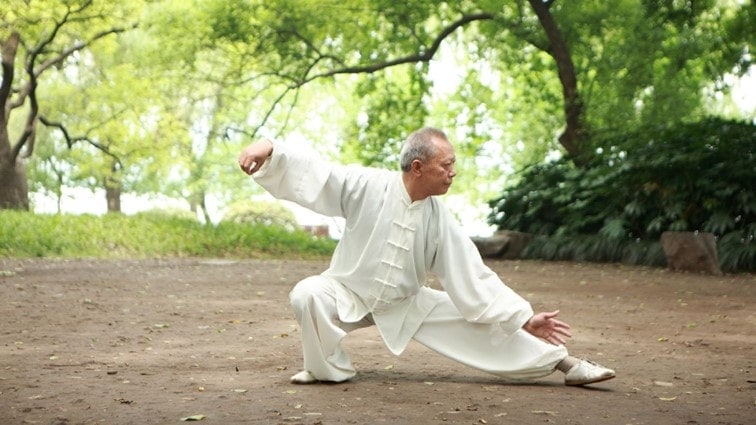
The traditional medical systems of India, China, Japan, and other Asian countries pay attention to the understanding and use of AI. They start from an ancient cosmology, a worldview according to which all things in nature are manifestations of AI.
From the smallest to the largest, all appearances are different forms of universal consciousness, or universal energy.
In Japan this is called Energy Ki, (in China Qi) which pervades the whole universe. According to the millennia-old philosophy of Far Eastern medicine (I-do), better known in the West as “TCM”, Qi manifests itself in innumerable, material and immaterial forms, including mind and body, heaven and earth.
When it takes on more sluggish, more condensed forms, it appears as matter, and when it takes on more dispersed, more dynamic forms, it reveals itself as spirit.
The chakra
The first chakra (the sexual or base chakra) is located at the base of the spine. It charges the bladder and rectum, as well as the reproductive organs, and activates sexual activity and vitality. The centripetal heavenly energy Qi flows into the body in this area and flows further up into the second chakra.
The second chakra (Hara chakra) lies in the lower part of the small intestine, about a hand’s width below the navel, and is the central energy focus in the abdomen. It is also called “Ki-Kai-Tanden” (Ki-Sea, or Ki-Ocean). From here, the energy is spread in waves, which causes the rhythmic movement of the small and large intestines.
The digestion in the intestine, the splitting and absorption of food, as well as the intestinal peristalsis, are controlled by this energy, resp. causes. In women, the hara chakra is in the upper part of the uterus. The fertilized egg is implanted in this area.
The intense energy in this area stimulates the development of the placenta and embryo, and after nine months stimulates labor.
The third chakra (stomach chakra) , lies in the center of the solar plexus, about five inches below the base of the sternum. It stimulates the movements of the stomach and other digestive organs, supplies the liver, spleen, gall bladder, pancreas and kidneys with energy. This chakra also translates the ideas and feelings arising in the upper chakras into the movements of the lower body, and stimulates the digestive juices and hormones.
The fourth chakra (heart chakra) is in the center of the chest, in the area above the heart. Here the active rhythm of heaven and earth creates the rhythm of the heartbeat. (see also Herzregent). The rhythmic movement of the lungs is also controlled from here. This center also loads the cardiovascular system, blood, lymph and other body fluids, as well as the respiratory functions, on feelings and emotions, especially love, compassion and affection, also arise here.
The heart chakra field is approx. 10 times larger than all other chakra fields.
The heart is also the only organ in the body that cannot form any cell proliferation, also known as cancer.
The fifth chakra (Throat chakra) and also causes the spiral formation of the pharyngeal tonsils. Here it also activates the salivary glands and combined with the rising force of the earth, the tongue, palate and tonsils are formed. The larynx chakra stimulates the movement of the vocal cords. Likewise, the secretions of hormones by the thyroid and parathyroid glands.
V om the sixth chakra (also called the third eye), the energy flows in a spiral to the billions of cells that make up the brain. The energy flows further upwards and creates the uvula in the back of the throat; and it is there that the vocal cords for physical language are formed.
The seventh chakra (Crown Chakra) is located at the top of the head in the area outside the hair spiral. Because of its location, it is highly charged with cosmic energy.
The energy radiated from this charged center activates the cerebral cortex, creating the basis for the images and spiritual awareness and sensations that arise here.
30 years ago I knew that people have 7 chakras.
Now I know that the 7th chakra – the crown chakra – is not the highest chakra because I know that people have 9 chakras.
Just like the trunk of a tree, the main channel divides into branches. Each branch conducts energy from the main channel to the rest of the body. These branches are called meridians in Far Eastern medicine.
Although they are usually referred to as energy “lines”, the truth is that each meridian is a spiral. Just as stars become group, resp. Constellations form, cells crowd into groups and form organs that are supplied with energy through these meridians. Just as every leaf receives food, every cell, every organ, is continuously supplied with energy via the meridians.
Each meridian is also connected to the “outside world”. Energy flows from the outside into the body via meridian points (tsubos) and from the body outwards.
A calm and clear mind allows the energy to flow unhindered through the meridians.
However, if the energy balance in the body is disturbed by the everyday stress and the daily problems, by the energy of food, congestion, blockages and energy weaknesses occur in the whole body system.
Our special gymnastics have the task of helping us to stimulate the meridians in a targeted manner and thus to help the Qi flow in the body to regain a balance.
Where the disturbances are too strong, further measures such as Shiatsu massages, special nutritional advice, etc., may be required.
The individual elements of our gymnastics are therefore structured in such a way that performed in the correct order, all meridians are stretched and relaxed in the natural course of the Qi flow. It is therefore not irrelevant which exercises, and in which order, the individual elements in gymnastics and how they are performed. Teachers should therefore strive to have a sufficient understanding of the teachings of I-do and Do-in to teach gymnastics properly.
Tai Chi weapons
As in every Asian martial art, weapons are also used in Tai Chi Chuan to expand the Ma Ai – one’s own distance – and to learn movement principles.
The common weapons in Tai Chi are the sword, saber, fan, halberd, long stick and spear. However, if you have mastered the movement principles of Tai Chi, you can apply them to any other type of weapon.
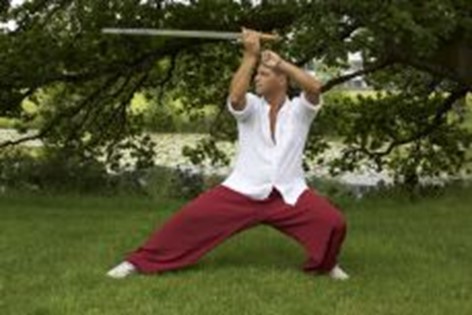
While the basic forms are run unarmed, the weapon forms are used to handle a special weapon.
The special thing about the exercise with weapons is the ability to control one’s own center of gravity and the center of gravity of the weapon. It is therefore important to control two areas at the same time.
Weapons in Tai Chi only for advanced learners
As a rule, the unarmed forms and unarmed partner exercises are trained first. As soon as the Tai Chi students have certain basics, they can be built on with weapons.
In the dojo (practice room), training weapons made of wood, such as B. Tai Chi wooden swords practiced to avoid injuries. Training for advanced and masters, “real” weapons (mostly not sharpened) can also be used. Pay attention to your own risk of injury and that of your partner.
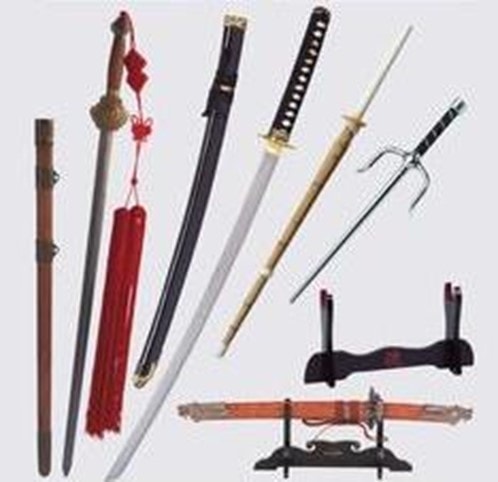
In Tai Chi, weapons are not moved in isolation, but are an artificial extension of one’s own body. This means that all movement principles and modes of movement are used that have to be carried out without weapons in order to make Tai Chi effective.
The absolute prerequisite is the control of your own center of gravity in order not to lose your balance.
A special feature of Tai Chi is the exercise of the “push hand”. This exercise is also available for weapons – for example the exercise of “sticking swords”. Here two partners face each other. The swords touch on the blades. The swords are set in motion by the respective body movements and the task for the partners is to stick to the sword of the other person. The exercise serves to deepen the 10 basic rules as well as to control the opponent’s focus.
Shitei, the teacher-student relationship
If you want a good teacher, don’t choose a comfortable one!
All practitioners of karatedo, regardless of their degree, are on the same path (Do) of the universe. Depending on their disposition, as well as the duration and intensity of their training, they have progressed to different degrees. This creates a natural hierarchy in which the position of the individual arises solely from his experience and the strength of his personality.
People in western countries tend to trust only in the strength and infallibility of their reason. They are open to discussion and criticism, and are often caught up in consumerism. They are confused by the demand for consistent imitation of the techniques presented by the master, the perseverance required in the investigation of the simple over a long period of time and the patient waiting for the intuitive experience. As a result, they feel deprived of their “tried and tested” means and hindered in their development. The attachment to a teacher is perceived as a task, or at least as a restriction of personal freedom, and is therefore rejected.
So many students first try to follow the path of karatedo without an inner bond with a master. If interest is still there after these efforts have failed, many often make another mistake. They take what they find useful from every available teacher and feel indebted to no one. Tai chi is consumed so easily. However, the close bond with a master is necessary for moral as well as practical reasons.
As already stated, the master is ahead of his student on the way, so he has been able to gather experiences that are still hidden from the student. He can therefore give the pupil important orientation aids that save him time-consuming and energy-sapping errands. This encourages the student in his development.
The technical and intellectual content of Tai Chi cannot be conveyed verbally, nor can it be understood rationally. There is nothing in Tai Chi that can be understood by hearsay. Rather, the instruction is given in “body language”.
The student can only grasp and understand the content in stages. The same techniques must be repeated, controlled and improved over many years.
Every teacher has gone the way of Tai Chi himself and has gained individual experiences that have shaped his personality and techniques. In the harmonious interrelationship between master and student manifests itself on the one hand the willingness to selfless devotion, on the other hand the voluntary bond to a superordinate authority.
Anyone who sees his teacher only as a mediator of technical techniques and negates or even fights his personality leads the important principle of the unity of body and mind, soul and body to absurdity, can never achieve true mastery and consequently cannot become an important teacher himself.
If someone only wants to learn one skill, be it in order to achieve sporting or social success, they have come to the wrong address with a path master. In this case, it is better to go to a sports club, where a coach will teach and explain all the techniques to him.
The disciple of the way is something different from a disciple of the form. Therefore the master only designates that person as a disciple in whom the potential for the path exists. Only when he is convinced of this does he get involved in a master-student relationship. Several years of pure form teaching can pass before that happens.
A martial arts practitioner only becomes a student when his striving for form perfection is suddenly touched by something else that prompts him to question his previous direction. Only then does he call for the master, because he realizes that practicing the technique has its limits and misses the point in life.
Usually this only happens at the Dan level, when a practitioner has already mastered the techniques.
Whether a master accepts a student as his path student is not determined by his external talent, but by his inner ability. All real masters consider the promotion of a student who is only concerned with form perfection, without inner struggle, without the ability to sacrifice and the ideal, as a betrayal on the way. Only very few members of a dojo can therefore overcome the form hurdle (Shu) and get on the path.
A lot has changed formally these days, but the conditions that real masters place on their students remain the same. In most modern dojo, the martial arts are not taught as a path, but as a competitive or competitive sport, and are therefore irrelevant to a master-student relationship, as the path means.
But even where a dojo is dedicated to the way, very few members are real students. Almost without exception all modern dojo today are subject to certain social requirements and cannot exist without group lessons. For this reason, there is almost nowhere else a student selection made according to path criteria.

